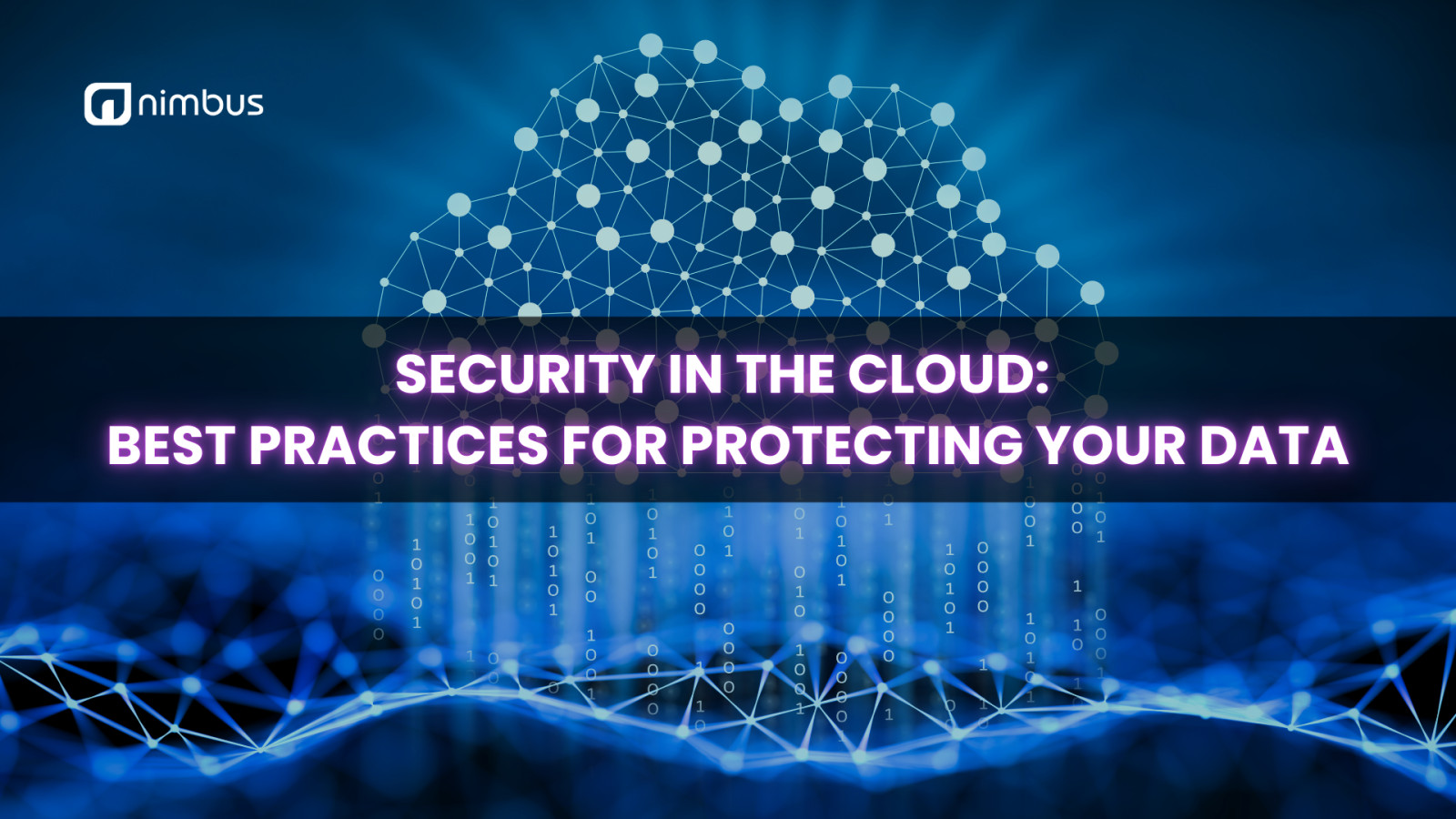While cloud services offer flexibility, scalability, and cost-effectiveness, they also introduce unique security challenges. Data breaches, unauthorized access, and compliance issues can have significant consequences for businesses and their customers. This article explores best practices for securing cloud environments and protecting sensitive data.
Understanding Cloud Security
Cloud security encompasses a set of policies, controls, and technologies designed to protect data, applications, and infrastructures associated with cloud computing. Unlike traditional on-premises security measures, cloud security requires a shared responsibility model, where both cloud service providers (CSPs) and customers play crucial roles in safeguarding data.
The Shared Responsibility Model
In a cloud environment, security responsibilities are divided between the CSP and the customer. Generally, the CSP is responsible for securing the infrastructure, while customers are responsible for securing their applications, data, and user access. Understanding this model is essential for implementing effective security measures.
Best Practices for Protecting Your Data in the Cloud
1. Conduct a Risk Assessment
Before migrating to the cloud, organizations should conduct a thorough risk assessment to identify potential vulnerabilities and threats. This assessment should consider the types of data being stored, compliance requirements, and the specific risks associated with the chosen cloud environment. Understanding these factors will help organizations implement appropriate security measures.
2. Choose a Reliable Cloud Service Provider
Selecting the right CSP is critical to ensuring data security. Organizations should evaluate potential providers based on their security certifications, compliance with industry standards (such as GDPR, HIPAA, or PCI-DSS), and track record in handling security incidents. Reviewing customer feedback and third-party assessments can also provide valuable insights into a provider’s security posture.
3. Implement Strong Access Controls
Access control is a fundamental aspect of cloud security. Organizations should enforce the principle of least privilege (PoLP), ensuring that users have only the access necessary to perform their job functions. Implementing role-based access control (RBAC) can help streamline permissions management. Additionally, multi-factor authentication (MFA) adds an extra layer of security by requiring users to verify their identity through multiple methods.
4. Encrypt Sensitive Data
Data encryption is essential for protecting sensitive information in the cloud. Organizations should use strong encryption protocols to safeguard data both at rest and in transit. By encrypting data, even if it is intercepted or accessed without authorization, the information remains unreadable and secure.
5. Regularly Monitor and Audit Cloud Environments
Continuous monitoring of cloud environments is crucial for identifying and responding to security threats. Organizations should implement security information and event management (SIEM) solutions to collect and analyze logs from various cloud services. Regular audits and assessments can also help identify vulnerabilities and ensure compliance with security policies.
6. Backup Data and Implement Disaster Recovery Plans
Data loss can occur due to various reasons, including accidental deletion, system failures, or cyberattacks. Organizations should regularly back up their data and implement disaster recovery (DR) plans to ensure business continuity. Cloud providers often offer backup and DR solutions, but organizations should verify that these services meet their specific needs.
7. Train Employees on Security Best Practices
Human error is a significant factor in many security incidents. Organizations should invest in training programs to educate employees about cloud security best practices, such as recognizing phishing attempts, using strong passwords, and safeguarding sensitive information. A culture of security awareness can significantly reduce the risk of security breaches.
8. Keep Software and Applications Updated
Regularly updating software and applications is essential for addressing known vulnerabilities. Organizations should establish a routine for patch management to ensure that all cloud-based applications and services are up to date. Many cloud providers offer automatic updates, but it is crucial for organizations to verify that these features are enabled.
9. Implement Security Policies and Compliance Measures
Establishing comprehensive security policies is vital for maintaining a secure cloud environment. Organizations should define clear guidelines for data handling, access controls, and incident response. Additionally, staying informed about regulatory compliance requirements will help ensure that security practices align with industry standards.
10. Prepare for Incident Response
Despite taking precautions, security incidents can still occur. Organizations should develop an incident response plan outlining the steps to take in the event of a breach. This plan should include roles and responsibilities, communication strategies, and procedures for mitigating damage. Regularly testing the incident response plan will ensure that all team members are prepared to act swiftly and effectively.
As organizations continue to leverage cloud computing for its numerous benefits, prioritizing data security is essential. By implementing best practices such as conducting risk assessments, choosing reliable cloud service providers, enforcing strong access controls, and fostering a culture of security awareness, businesses can protect their sensitive data in the cloud. Security in the cloud requires ongoing vigilance and adaptation, but with the right strategies in place, organizations can confidently navigate the complexities of cloud security while reaping the benefits of digital transformation.
